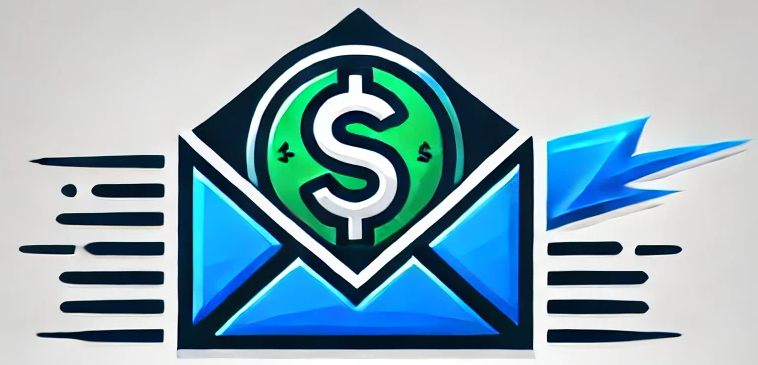Email marketing remains a cornerstone of digital engagement, but the key to success lies in two crucial elements: crafting compelling subject lines and executing well-structured campaigns.
Mastering these aspects can significantly boost open rates, conversions, and overall ROI. Let’s explore proven strategies to transform your email marketing efforts.
Unlocking the Power of Subject Lines: Strategies to Boost Open Rates
Your subject line is the gateway to your email’s content. It’s your first (and sometimes only) opportunity to capture the recipient’s attention. But what makes a subject line truly effective?
The Psychology Behind Great Subject Lines
An irresistible subject line taps into the recipient’s emotions, curiosity, or immediate needs. Words that evoke urgency, exclusivity, or personalization often drive higher open rates.
For example, subject lines like “Your Exclusive Deal Ends Tonight!” or “Hi [First Name], Here’s Your Free Guide!” create a sense of importance and personal connection.
Best Practices for Crafting Subject Lines
- Keep It Short and Sweet: Aim for 6-10 words. Most users scan emails on mobile devices, so clarity is key.
- Use Actionable Language: Start with a verb or question to spark curiosity.
- Personalization Is Key: Include the recipient’s name or reference their past behavior. For example, “You Left This in Your Cart, [Name]!”
- Incorporate Keywords: Phrases like “email subject lines” and “boost open rates” resonate with readers and align with search intent.
- Test and Optimize: A/B test different subject lines to identify what resonates most with your audience.
Examples of Winning Subject Lines
- “Don’t Miss Out: Limited Spots Available!”
- “How to Double Your Open Rates in 24 Hours”
- “Exclusive Offer for Our VIPs!”
By combining creativity with strategic techniques, you can craft subject lines that consistently grab attention and drive engagement.
The Step-by-Step Guide to Effective Email Campaigns
Crafting a great subject line is just the beginning. A successful email marketing strategy requires careful planning and execution. Here’s how to design campaigns that convert.
Step 1: Define Your Goals and Audience
Every email campaign should have a clear objective—whether it’s driving sales, increasing website traffic, or building brand loyalty. Equally important is knowing your audience.
Segmentation is essential; personalize content based on demographics, preferences, and behaviors to make your emails more relevant.
Step 2: Plan Your Campaign
Use a calendar to schedule emails around important dates, events, or promotions. Create a mix of educational content, product updates, and promotional offers to keep your audience engaged.
Align your strategy with keywords like “email campaigns” and “email marketing strategies” to ensure consistency and discoverability.
Step 3: Design Engaging Emails
Your email should be visually appealing and easy to read.
- Use a clear hierarchy: Headlines, body text, and call-to-actions (CTAs) should flow naturally.
- Include strong CTAs: Phrases like “Shop Now,” “Learn More,” or “Download the Guide” encourage action.
- Incorporate visuals: Images, videos, or infographics make emails more engaging.
Step 4: Leverage Automation and Analytics
Automation tools streamline processes, allowing you to send targeted emails at scale. For instance, automated welcome sequences, cart abandonment reminders, and re-engagement campaigns can save time while boosting conversions.
Analytics tools help track open rates, click-through rates, and conversions. Regularly analyze performance to refine your strategy. For example, if a subject line consistently underperforms, tweak the wording or focus on a different audience segment.
Step 5: Evaluate and Optimize
The end of a campaign isn’t the end of the road. Use the data collected to optimize future efforts. Ask questions like:
- Which subject lines had the highest open rates?
- Did specific audience segments engage more than others?
- Were CTAs clear and compelling?
Continuous improvement ensures that your campaigns become more effective over time.
Conclusion
Mastering email marketing requires attention to both the micro (subject lines) and macro (overall campaign strategy) aspects.
By crafting compelling subject lines that grab attention and designing campaigns rooted in audience insights and data-driven decisions, you can unlock the full potential of email marketing.
The beauty of these strategies lies in their synergy: A captivating subject line gets the email opened, while a well-structured campaign converts that engagement into tangible results.
Ready to take your email marketing to the next level? Start implementing these insights today and watch your open rates and ROI soar.
Discover more tools and templates to simplify your email marketing process and maximize results. at Master Affiliate Profits.

